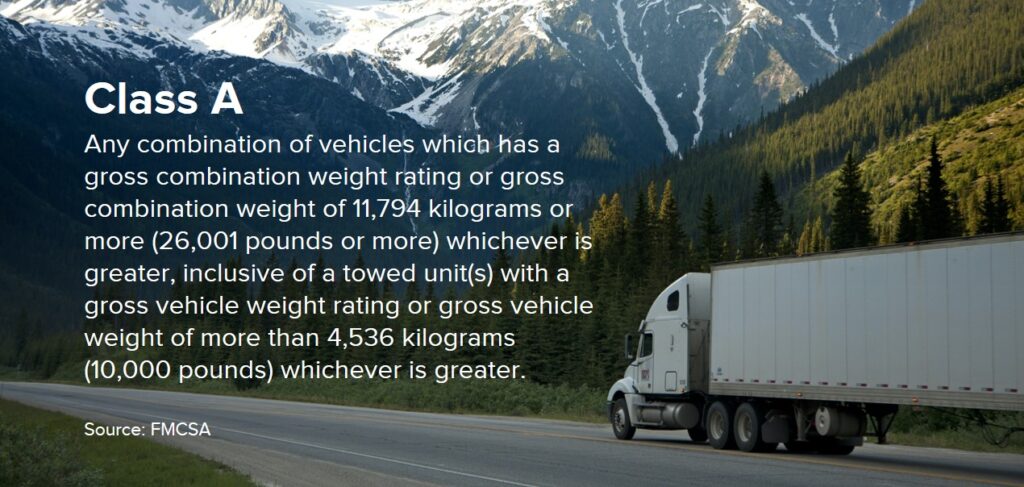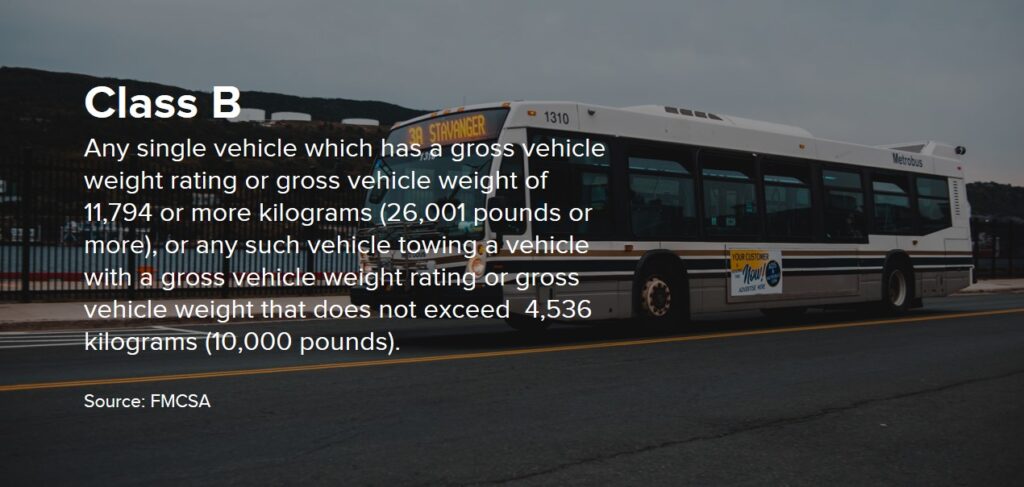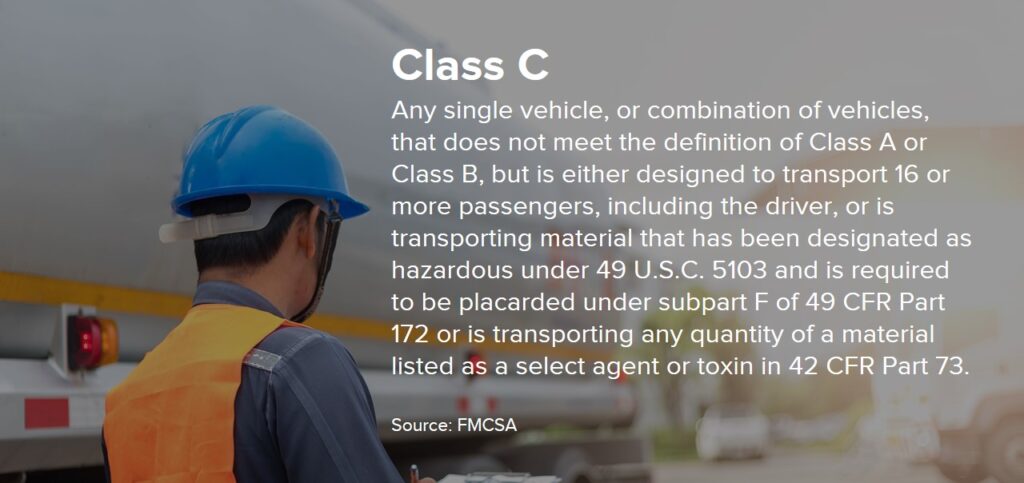Pre-Trip Inspection Forms – Examples and Templates
What are pre-trip inspections?
Pre-trip inspections are required for companies that operate and manage a fleet of vehicles used for commercial purposes. The basic goal of a pre-trip inspection is to identify and document any potential problems with a vehicle before a driver is on the road.
According to regulations set by DOT, vehicle operators must perform daily post-trip inspections after a vehicle is operated. If any defects or problems are found in the post-trip inspection, it must be included in the post-trip inspection report. The vehicle is allowed to be sent out for use again once all problems have been addressed.
What information is checked in a DOT pre-trip inspection?
The Commercial Driver’s License (CDL) pre-trip inspection is designed to certify that the problems have been addressed and that the vehicle is ready to be safely operated on the road. While there are many different types of vehicles on the road today, the DOT provides a basic list or items to check when performing vehicle inspections:
- Service brakes, including trailer brake connections
- Parking (hand) brake
- Steering mechanism
- Lighting devices and reflectors
- Tires
- Horn
- Windshield wipers
- Rear-vision mirrors
- Coupling devices
- Wheels and rims
- Emergency equipment
(Source: FMCFA)
Pre-Trip Inspection Checklist Forms and Apps
Inspection checklists are designed to improve the inspection process by providing staff with an easy-to-use template on the best practices to follow for that inspection.
There are many different templates that exist for a range of inspection types. For example, a class A pre-trip inspection template would look slightly different than what is required for a class B inspection template.
The most basic checklist can be completed on a sheet of paper, but more companies are turning to mobile apps and forms to streamline their processes for performing pre-trip inspections. Digitizing this information is highly beneficial for fleet management and transportation companies that need to document and report on their vehicle inspections.
Paper forms are simple to use, but missing or lost paper work can become a problem later on. To minimize risk and to modernize business operations, transportation companies rely on simple apps to digitize the information rather than using paper forms.
Beyond the basic benefits of digitizing the information, mobile apps also provide a number of advanced features that are helpful when performing inspections. For example, driver dispatch is an easy way to organize drivers and delivery schedules based on the most efficient configurations possible. Other features such as barcode scanning, signature capture, and GPS capture can help you keep track of your deliveries and maintain records for your business.
Mobile apps can be built using no-code or low-code solutions that do not require advanced technical knowledge. Using a simple interface, anyone can start building apps for their pre-trip inspection checklists to replace paper forms.
Common Pre-Trip Inspection Examples and Templates
For businesses that want to modernize their processes using mobile apps, an important feature is going to be the ability to customize the mobile app to meet specific needs and requirements. Most mobile apps will provide templates to use as a starting point and then customizations can be made to require certain information.
With the GoCanvas app builder, businesses can create pre-trip inspection forms and checklists that are then deployed to workers to complete via the mobile app. All of this is suited for workers in different locations and standardized processes around how businesses collect and store their inspection reports.
Key outcomes include an increase in worker productivity, efficiency, and improved data collection for operations teams. Here are some of the common commercial vehicle inspection templates and examples:
Class A Vehicles

Class A vehicles are defined as “any combination of vehicles which has a gross combination weight rating or gross combination weight of 11,794 kilograms or more (26,001 pounds or more) whichever is greater, inclusive of a towed unit(s) with a gross vehicle weight rating or gross vehicle weight of more than 4,536 kilograms (10,000 pounds) whichever is greater.”
This would include tractor-trailers, combinations of truck and trailer, livestock carriers, tank vehicles, or flatbeds.
GoCanvas example and template:
Class B Vehicles

Class B vehicles are defined as “any single vehicle which has a gross vehicle weight rating or gross vehicle weight of 11,794 or more kilograms (26,001 pounds or more), or any such vehicle towing a vehicle with a gross vehicle weight rating or gross vehicle weight that does not exceed 4,536 kilograms (10,000 pounds).”
This would include straight trucks, large passenger buses, segmented buses, box trucks, dump trucks with small trailers, and tractor-trailers.
GoCanvas examples and template:
Class C Vehicles

Class C Vehicles are defined as “Any single vehicle, or combination of vehicles, that does not meet the definition of Class A or Class B, but is either designed to transport 16 or more passengers, including the driver, or is transporting material that has been designated as hazardous under 49 U.S.C. 5103 and is required to be placarded under subpart F of 49 CFR Part 172 or is transporting any quantity of a material listed as a select agent or toxin in 42 CFR Part 73.”
This would include small HazMat vehicles, passenger vans, combination vehicles not covered by Classes A or B.
GoCanvas example and template:
Sources:
Transform how your business operates with mobile apps
Many companies in the transportation industry start using mobile apps to solve a single paperwork challenge, like pre-trip inspections. But there are many areas of business operations that deal with paperwork that can create slow and manual processes for staff. This includes things like delivery confirmations, mileage tracking, safety inspections, bill of lading, and any other paper-based processes for drivers and management. If you are looking for additional transportation apps for business, be sure to search in the GoCanvas app store where you can get started for free.

Stay in Touch!
About GoCanvas
GoCanvas® is on a mission to simplify inspections and maximize compliance. Our intuitive platform takes care of the administrative tasks, freeing our customers to focus on what truly matters – safeguarding their people, protecting their equipment, and delivering exceptional quality to their customers.
Since 2008, thousands of companies have chosen GoCanvas as their go-to partner for seamless field operations.

Check out even more resources

Centurian Transport saves $100k every year with GoCanvas
Centurion is the largest heavy haulage provider in Australia. They deliver national supply chain solutions to the resources, energy, construction & retail sectors…

Duotank Transforms Business Processes with GoCanvas
Duotank is a bag-in-tank alternative to the traditional keg beer system. The aseptic tank environment enables breweries to maintain the quality of their beer…

TWO MEN AND A TRUCK® used GoCanvas to increase data visibility & compliance
With a workforce that primarily works out in the field, many of the TWO MEN AND A TRUCK® locations found that paperwork was hindering…